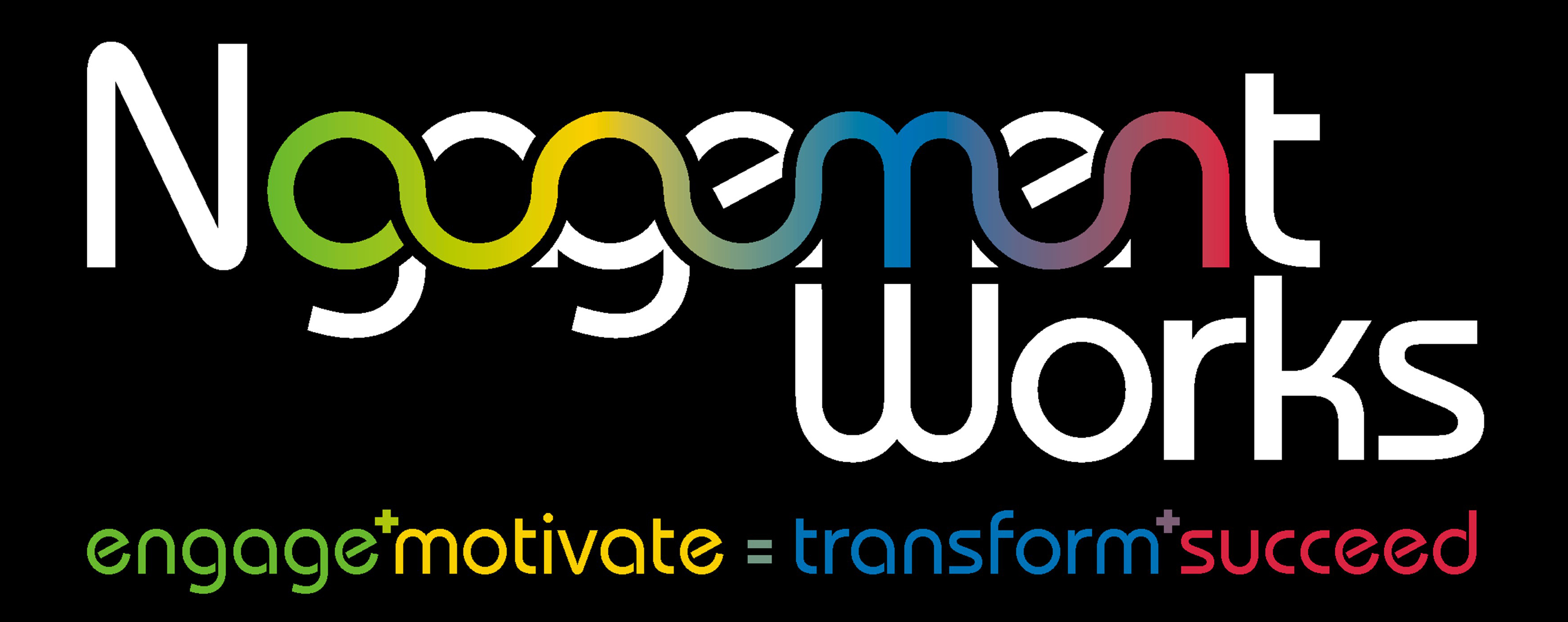There has been some interesting data from the individuals in teams that have been using the Team DyNAmics© Model over the last twelve months, helping them to achieve higher-performance, effectiveness and engagement in how they work together.
One of the themes that has emerged has been the proportion of time spent at 1:1 review meetings that individuals have with their bosses, that focus on discussing tasks, as opposed to their relationship.
This supports the feedback I have received from those on my workshops or when I speak at conferences. I regularly ask the question, “How much time do you spend discussing your relationship with either those you lead or with those who lead you?” The answer, most of the time is “not often enough, or not at all”.
The majority of time, in 1:1 meetings, focusses on reviewing goals, targets, deadlines, budgets etc. i.e. what needs to be done.
Whilst, as humans, we spend significant time with family and friends nurturing and developing relationships, it appears, that as soon as some people walk through the office doors, the focus is firmly on the tasks and relationships take a back seat. I’m not saying this is the case with every organisation and every leader, however, feedback from delegates, who are both leaders and who are led, would suggest that this is quite a normal occurrence in the corporate world that we live in today. This is supported by the data from the Team DyNAmics© Model.
Whether it is driven by corporate demands to maximise shareholder value or indeed those individuals in leadership positions in organisations that are very task-driven and goal-orientated, it is a cause for concern. Why? Well quite simply, tasks are delivered by people and therefore the strength of 1:1 relationships will have an effect on how successfully or not tasks are delivered.
If focus is too skewed towards delivering on objectives and targets, whilst in the short-term there will be success, ultimately performance will drop off, employee engagement will fall and staff will opt-out and go elsewhere, where relationships are an integral and valued part of organisational success.
As a leader, fundamentally, your role is, at its lowest denominator, getting people to do things. Note the order of the words, people coming before the task. My mantra, as a leader, has always been,
“Build the relationship to deliver the goal”
When I led a team which consisted of 4 direct reports, plus my PA, it was always in my diary, on a monthly basis, to spend an hour with each of them to talk about our relationship. Whilst we had reviews about the tasks and numbers, these were less frequent, usually quarterly. The reason being is that we had sufficient data and reports produced on a regular basis, where issues about hitting the targets, were easily identified. If an issue arose, we could call an ad-hoc meeting to discuss. The tangible and measureable was, and still is, easier to manage.
The thing with relationships is that ‘state of a relationship’ is hard to measure, quite often the reason why people shy away from this. However unless someone can tell me otherwise, long-term beneficial results, are only achieved where relationships between individuals remain trustworthy, robust and mutually beneficial.
So, if you’re a leader or being led and you feel that not enough time is being devoted to building relationships, what are you going to do about it?
Well firstly, you could share this article with the person, helping you to raise the issue with them and that your relationship needs are not currently being met.
Both agree on a plan of action and importantly, get some time and dates agreed in your diaries.
Once you’ve done that, what are the things to discuss at your meetings? Well, I always like to keep things simple and practical, so when I held my relationship meetings with my team, there were simply 3 standing agenda items that we discussed:
1 What’s working well in our relationship?
We all like to be praised and give praise, so a great opportunity to give and receive praise and also ensure you keep doing what you’re doing that works for the other person.
2 What’s not working well in our relationship?
An opportunity for some two-way developmental feedback. Leaders don’t get it right all of the time so they also need to adapt and change if things aren’t as needed by those who they lead.
3. Is there any support or development needed?
Again, this isn’t just about the team member’s needs, they should also be putting forward suggestions for their leader to take on board.
If the above 3 are a breeze and take no time at all, you can always discuss a fourth area:
4. What are the values and skills that I see you demonstrate and that I appreciate?
This is a great one as it enables you to understand the perception of another person of your behaviour. Do they see you the same as you see yourself or do they see someone different.
“So, do you have these meetings and conversations with your boss or those you lead?”
I’d really value and appreciate your feedback and hear about your experiences.
Wishing you continued happiness and success in both work and life.
Yours behaviourally, Nick
Help Others By Paying it Forward
If you’ve found this article of interest and value, please use the Follow option in the right side panel to ensure that you are informed of future posts plus, help others and Pay It Forward by sharing it with those who may find it useful.
Can I Help You?
If you want to discuss how I may be able to help you and your team achieve even greater success by facilitating team building or by me speaking at your conference, my email is nick@ngagementworks.com , my mobile is 00447966306903 or please use the Contact Form
If you want to find out more about the Team DyNAmics© Model, please use this link. Team DyNAmics©



